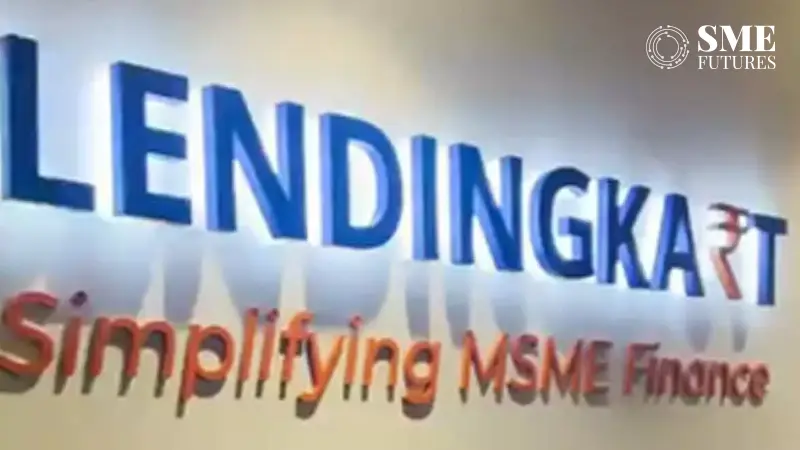Lendingkart, once celebrated as one of India’s fintech success stories, is now weathering a turbulent financial storm, according to the media reports. Known for empowering MSMEs (Micro, Small, and Medium Enterprises) with quick, collateral-free loans, the Ahmedabad-based company has seen its fortunes drastically shift. From once basking in profitability and investor confidence, the fintech firm is now grappling with a severe cash crunch.
The Rise: From Profits to Prominence
Lendingkart enjoyed a streak of success post-pandemic. By FY23, the company reported an impressive profit of Rs 119 crore, signaling a strong recovery. Backed by heavyweights like Fullerton Financial Holding (a subsidiary of Temasek Holdings), Bertelsmann, and Saama Capital, the fintech firm raised Rs 1,050 crore in equity funding. The brand was also riding high on an expanding AUM (Assets Under Management), which swelled from Rs 6,174 crore to Rs 8,883 crore in FY24, largely due to its shift to a co-lending model, as per a media report published in Dec 2023.
However, this co-lending shift, meant to boost its loan portfolio, inadvertently limited the firm’s earnings, contributing to the financial strain that would follow.
Why profit decline and valuation slump
Fast-forward to the present, and Lendingkart’s financial performance is on shakier ground. The company’s first-quarter results for FY25 paint a starkly different picture. Net losses of Rs 24.87 crore were reported, a steep decline from the Rs 25.63 crore profit it recorded in the same quarter a year prior. Its operating margins shrank from 31.62 per cent to 12.62 per cent, further illustrating the strain, according to the various reports.
While revenues grew by 18.57 per cent, crossing Rs 272.93 crore, the spike in operating costs and tighter lending rules—like the RBI’s First Loss Default Guarantee (FLDG) regulations—hit Lendingkart hard. These new norms forced the company to share more risk with co-lenders, cutting into profits while escalating the cost of credit.
Cash crunch and valuation woes
The biggest concern? Cash. According to reports, Lendingkart is grappling with a serious liquidity crisis.
Despite raising Rs 200 crore in debt funding from EvolutionX Debt Capital, the company is now facing difficulty in sustaining its operations. Its valuation, which once hovered around $350 million, has nosedived by over 60 per cent, and the fintech is currently seeking new investors at a meager valuation of $100 million, as per a Techstory report.
This decline is alarming for a company that once commanded investor attention with its rapid growth and innovative lending solutions. Lendingkart’s AUM growth may have looked promising on paper, but the co-lending model has essentially capped its profit potential.
Double-edged sword
Lendingkart’s success was largely attributed to its streamlined digital lending process, which quickly gained traction with MSMEs across the country. But with great growth comes new challenges. The rise in credit costs, the tightening of regulatory policies, and the co-lending arrangements that seemed like a boon initially, have now limited its profitability.
In FY23, Lendingkart was making Rs 1.06 for every rupee invested. But the profitability narrative began to wane soon after, with FY24 registering a marginal profit of just Rs 3 crore, an almost unrecognisable shadow of its previous success.
A future uncertain
For Lendingkart, the path ahead is uncertain. While its position in the MSME lending space is still solid, the financial challenges it faces could alter its trajectory. Valuation cuts, declining profits, and a growing dependency on external debt are concerning signs.
The fintech sector is notorious for its unpredictability, and even though Lendingkart has survived the pandemic’s economic blows, it now faces a new battle of balancing growth with profitability. Will it emerge stronger, or is this the beginning of a slow fade?
Only time—and, perhaps, the right investors—will tell.











